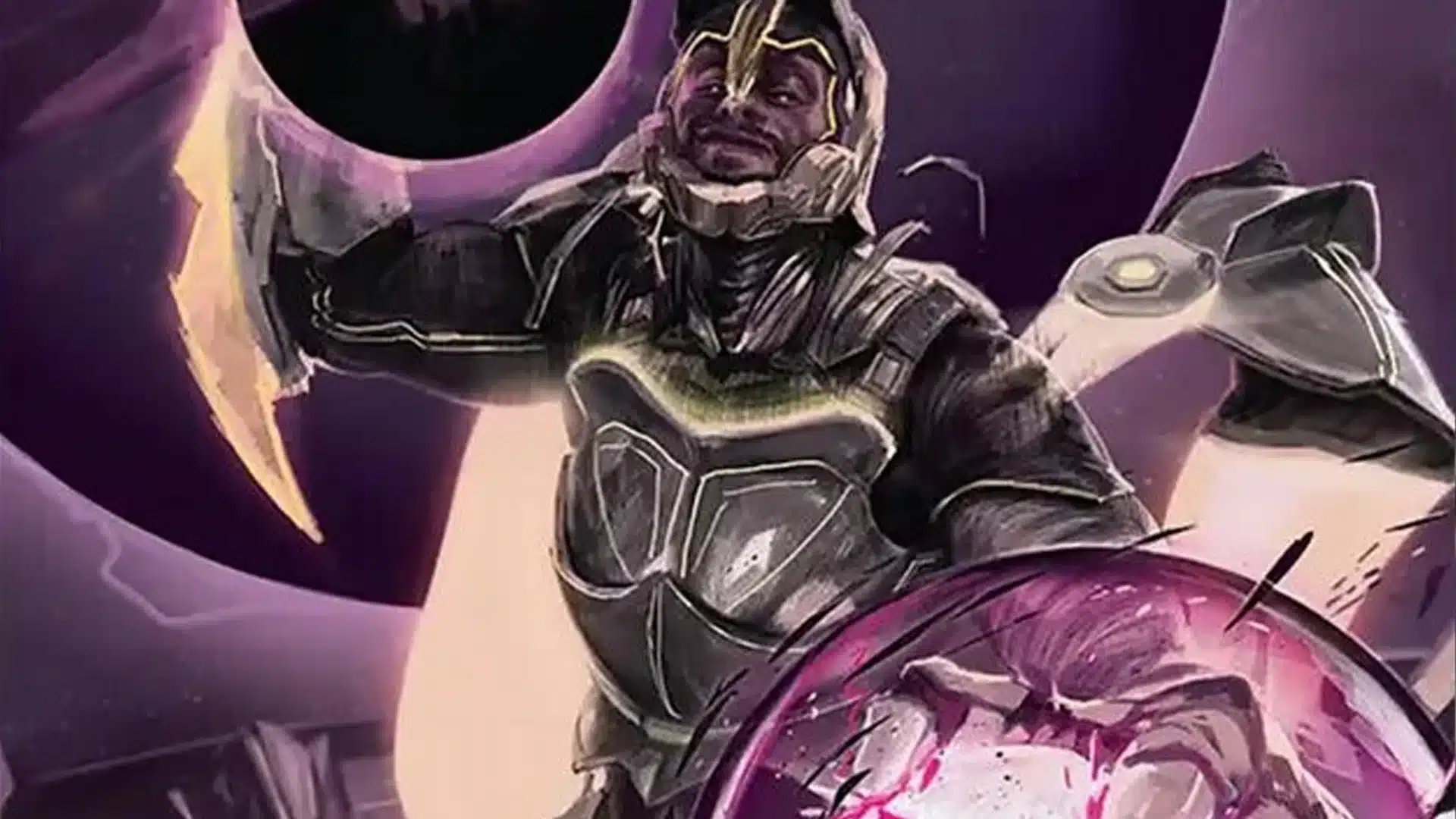
For the Iloilo City Store Championship, I opted to employ a Magic: the Gathering black-green (Golgari) midrange strategy that struck a balance between aggression and resilience. The list strikes a balance between efficient early creatures and a solid removal package, ensuring I can pressure opponents right away while still addressing their key threats.
What drew me to this build was its ability to shift gears—playing fast and proactive when needed, but also grinding out value in longer games with recursive threats and utility lands. It’s the kind of deck that rewards tight decision-making and offers flexibility across a wide variety of matchups.
I like that the core of the deck leans on early pressure from creatures—things like Sunset Saboteur, Deep-Cavern Bat, Mosswood Dreadknight, and Sentinel of the Nameless City. These creatures do work not just by attacking, but by generating value or keeping momentum rolling. Saboteur gives me recurring damage potential, Bat is evasive and cheap, Mosswood provides beef and card-advantage in a way (with its annihilator-like implication), and Sentinel is a clock that also helps me stay aggressive. By loading up on creatures that threaten early board presence, I force opponents to answer quickly, or else I snowball.
Then there are the utility and removal spells—Long Goodbye, Bitter Triumph, Maelstrom Pulse, Tragic Trajectory, Shoot the Sheriff—they let me clean up big or problematic threats, sweep away aggro pushes, or even answer planeswalkers or enchantments, depending on what’s necessary. These give me levers to pull when the opponent ramps or tries to stabilize. It’s not just about hitting them fast; it’s also about making sure their recovery lines are uncomfortable.

The mid-to-late game is supported by cards like Innkeeper’s Talent and Cecil, Dark Knight (plus others that recur or that threaten steady damage). These give me a way to continue applying pressure even if they stabilized the early part (e.g., through removal or board wipes). Having some higher-impact threats ensures I’m not completely out of gas once the game turns from early racing into a value war.
Land base and curve matter a lot. I keep a solid mix of black and green sources— Blooming Marsh, Wastewood Verge, Restless Cottage, plus utility lands like Underground Mortuary. I want to make sure I hit both colors consistently so removal and aggressive threats come together without color screw issues. Also, the spread of mana cost among creatures and spells is tuned so I can operate well in turns 2-5 when most critical decisions happen.
Finally, the sideboard gives flexibility. Cards like Duress help vs. control or combo where hand disruption matters. Things like Heritage Reclamation, Scavenger Regent, or Lord Skitter, Sewer King provide options for grinding or recurring threats. Then there’s Vivien Reid to answer problematic artifacts/enchantments or to produce bodies and board presence. I tailor my sideboard plan knowing what’s likely in the meta, so I can shift from aggressive openings to more value-oriented and attrition-oriented games.
Click here for the decklist: Golgari Aggro – Mark Ian Alloso @ mtgtop8.com
Here is a recap of my Swiss matchups.
Round 1 vs Esper Pixie – Lost 1-2
Round 2 vs Boros Burn – Lost 1-2
Round 3 vs Selesnya Aggro – Won 2-0
Round 4 vs Mono-Green Landfall – Won 2-1
Round 5 vs Dimir Midrange – Won 2-1
In the end, this Golgari Midrange build reminded me why I enjoy leaning into black-green strategies—they adapt, punish mistakes, and thrive in grindy battles. Walking away from Store Champs, I felt confident that this deck has the staying power to remain a serious contender in the current Standard environment, even with the coming of the special Spider-Man set.
